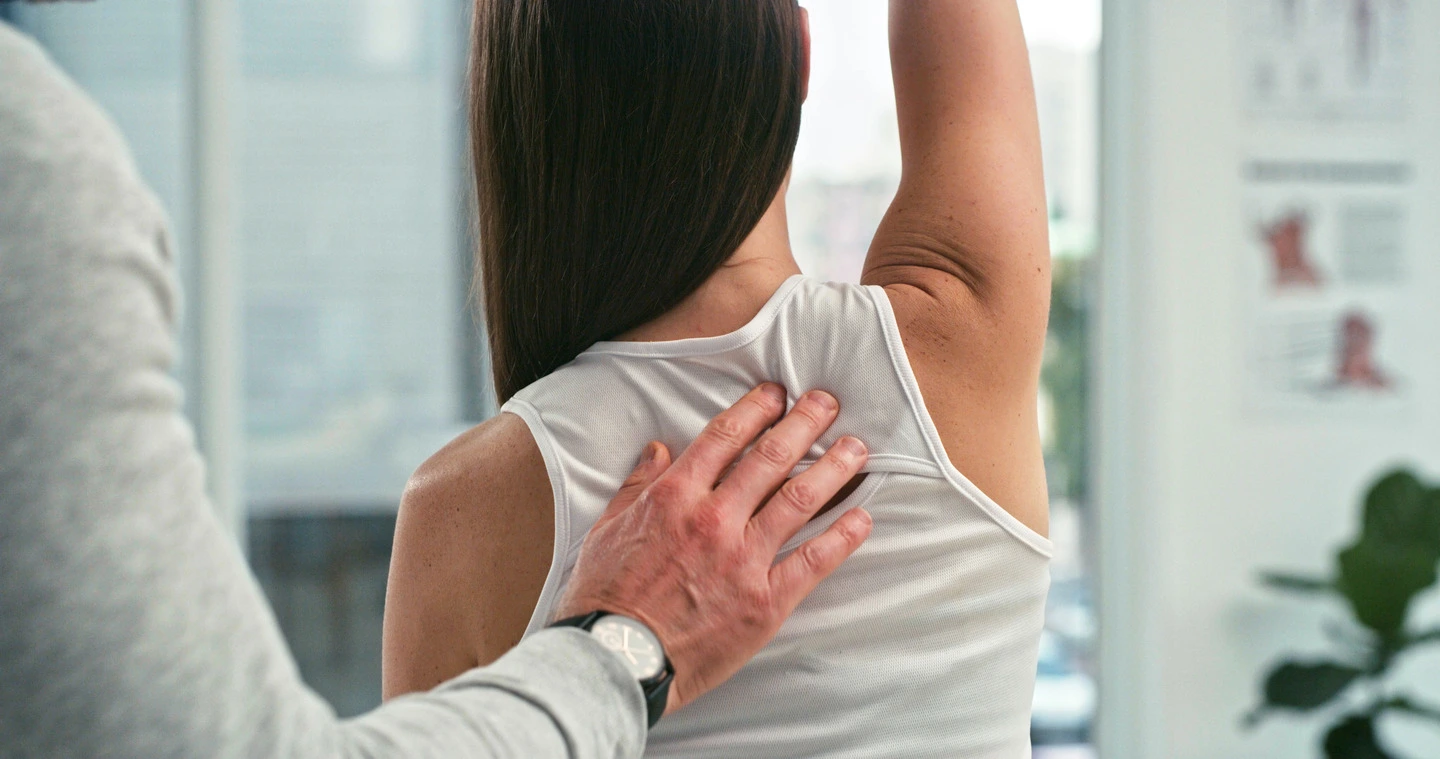What Is A Headache?
Headaches are one of the most common medical complaints. They can result from medical disorders, such as high blood pressure, or can be signs of stress, emotional distress, or anxiety. A headache can occur anywhere within the skull and is normally categorized by the the area of the head that it strikes. For some, it is the entire head, for others, it is on both sides of the head, and for yet others, it is just in one single location.
Headaches can be split into two categories: primary and secondary. When discussing primary headaches, pain isn’t being triggered by something else the body is facing, such as illness. In secondary headaches, however, the headache is generally a symptom of an underlying issue.
In primary headaches, pain is generally caused by the over-activity of, or problems with, the structures in the head that are pain-sensitive. These structures include the blood vessels, nerves, and muscles of the head and neck. When these structures are compressed or damaged, they will deliver pain signals to the brain, creating a headache sensation. Headaches may also result from changes in chemical activity in the brain due to hormones or medications.
Types of Headaches
Did you know there are actually over 150 different types of headaches? Each type of headache has varying causes and symptoms, and being able to recognize which kind of headache a patient is experiencing can inform them how best to treat it.
Common Primary Headaches
Primary headaches are stand-alone illnesses caused directly by the pain-sensitive structures of the head.
1. Migraines: According to the American Migraine Prevalence and Prevention Center, as many as 35 million people in the U.S. suffer migraines. Migraines cause throbbing pain, typically on one side of the head. They can last for days at a time, and cause sensitivity to light and sound, nausea, and vomiting.
Some migraines are preceded by an aura, a set of symptoms which include visual disturbances such as partial loss of vision, seeing flashing or shimmering lights, stars, or physical disturbances like numbness or difficulty speaking.
2. Cluster Headaches: Cluster headaches are defined by severe burning or piercing pain that occur in a series. They typically occur around or behind one eye, or on one side of the face at a time. Nasal congestion, tearing, swelling, redness, and sweating can occur on the side of the face that’s affected by the headache.
3. Tension Headaches: As opposed to throbbing or piercing pain, tension headaches are categorized by a dull, aching sensation all over the head. The headaches are commonly accompanied by sensitivity or tenderness in the neck, forehead, scalp, or shoulder muscles. While tension headaches are typically caused by daily stressors, be wary if pain becomes chronic.
4. Exertion Headaches: Exertion headaches are typically short-lasting, usually lasting a few minutes to a few hours. Exertion headaches occur quickly after periods of intense physical activity, such as running or weight lifting, when blood flow to the head is increased.
Common Secondary Headaches
Secondary headaches occur in response to, or as a symptom of, another condition in the body.
1. Hormonal Headaches: The hormonal fluctuations experienced by women can cause headaches. These headaches are specially associated with the menstrual cycle and can be referred to as menstrual migraines. These can occur right before, during, or right after the menstrual cycle, as well as during ovulation.
2. Allergy or Sinus Headaches: Headaches with pain focused in the sinus area and the front of the head are usually caused by seasonal allergies or other sinus-impairing illnesses. Mucus collects and causes sinus pressure, which in turn causes headache symptoms.
3. Post-Traumatic Headaches: Post-traumatic headaches may develop after any type of head or neck injury in which the blood vessels and nerves have been compressed or damaged. These headaches can feel like migraines or tension headaches, and can last up to 6 to 12 months following the injury.
4. Caffeine-Induced Headaches: Caffeine changes the brain’s chemistry by affecting blood flow to the brain. Quitting caffeine cold turkey or having too much can cause headaches.
Chiropractic Care for Headaches and Migraines
Headaches are the third most popular reason that American adults seek chiropractic care. Evidence has shown that spinal manipulation performed by chiropractors improves chronic headache conditions, such as migraines.
In fact, a review of 21 different studies found that patients who received chiropractic care for migraines once or twice a week for eight weeks saw a reduction in migraine symptoms. Patients reported reduced frequency and duration, lessened intensity, and an improved quality of life.
How Can a Chiropractor Help?
The role of chiropractic care in headache conditions is actually quite simple. The physiological root of primary headache conditions is throbbing blood vessels. Chiropractic adjustments, the fundamental practice of chiropractors, work to stretch and adjust the bones, joints, and body tissues which can compress nerves and blood cells.
When damaged or out of alignment, these structures impact the way blood vessels function. Therefore, chiropractic for headaches and migraines focuses on trigger points within the back, shoulder, neck, and head. A chiropractor spends most of his or her time working on the cervical spine, which consists of the bones that make up the neck and attach the base of the skull to the spine.
The purpose of this targeted approach is to soothe tight muscles where nerves may be compressed, address trigger points in muscles believed to be the source of pain, and provide good blood flow to the muscles to keep them healthy and relieve throbbing sensations. By utilizing complementary therapies, such as massage and acupuncture, your chiropractor can help ease the pressure on blood cells, lessening the frequency, intensity, and duration of headache episodes.
Recognizing Triggers of Headaches
Triggers are essentially environmental or lifestyle choices that can spur the onset of a headache. Common triggers include:
- Anxiety
- Hormones
- Poor posture
- Continuous noise
- Food sensitivities
- Prescription medication
- Eating and sleeping patterns
- Physical activity or lack thereof
- Glare from screens, sunlight, or overhead lights
However, the problem with triggers is that they can be difficult to identify on your own. Often, headache and migraine triggers can be so ingrained in our daily life that we don’t even notice them. That’s where a chiropractor steps in.
Chiropractic Intervention for Common Triggers
A chiropractor is highly knowledgeable in diet and nutrition, as well as sleeping and lifestyle habits. While a chiropractor will perform manual adjustments and complementary therapies, they will also help you make the key changes in your daily life that will help to eliminate the presence of triggers. Your chiropractor can:
- Improve your sleeping patterns
- Help plan the best diet for your needs
- Advise a stretching and fitness routine
- Help to relieve tension in the neck and upper back
- Relieve your dependency on OTC pain medications
- Offer relaxation techniques to alleviate the stress on your system
- Offer advice on posture and ergonomics to keep your body healthy
Working together with a chiropractor, you can make the necessary lifestyle changes to begin seeing significant improvements in your headaches and migraines. If the pain of chronic headaches and migraines has been impacting your quality of life, take the first step in fighting back today.
With 11 offices throughout South Florida, the dedicated chiropractors at ChiroCare of Florida are here to help get you on the path to wellness. Regain your life. Put an end to headaches and migraines. Contact ChiroCare of Florida today.






